Major and Minor Elements of the Universe
1. Our Address in the Universe – Locating the Biggest Elements in the Universe
Our cosmic address is a way of measuring our place in the universe. By understanding our cosmic address, we can better understand our place in the cosmos and the vastness of space.
Our place in the universe is given by our cosmic address. Our cosmic address begins with Earth, which is the planet where we live. Earth is located in the Goldilocks zone, which is the region around the sun where it’s not too hot or too cold for liquid water to exist
The Solar System defines our next cosmic address because our planet Earth resides within this system, which includes the Sun and other planets orbiting around it.
The Milky Way Galaxy is the galaxy where our solar system, including Earth, is located. It contains billions of stars, including our Sun, and their planets.
Features
Visible Features of Milky Way galaxy include its spiral arms, a galactic center, and a supermassive black hole. The Milky Way Galaxy contains various types of star clusters as well including open clusters (groups of relatively young stars) and globular clusters (dense, spherical collections of old stars).
Shape: The Milky Way Galaxy has a spiral shape, like a giant pinwheel with arms swirling out from the centre.
Size: It’s enormous, stretching over 100,000 light-years from one end to the other.
Motion: Stars within the Milky Way Galaxy, including the Sun, orbit the galactic centre. It takes our Sun about 230 million years to complete one full orbit around the galaxy – this is called a galactic year.
Size: The Local Group is about 10 million light-years in diameter The Local Group has a total mass of about 2×1012 solar masses The Local Group contains at least 80 galaxies, most of which are dwarf galaxies
The Local Group is a small cluster that includes the Milky Way Galaxy, Andromeda, and several other galaxies.
Features
Shape Local Group is shaped like a dumbbell, with the Milky Way and Andromeda Galaxy at opposite ends
Size: The Local Group is about 10 million light-years in diameter The Local Group has a total mass of about 2×1012 solar masses The Local Group contains at least 80 galaxies, most of which are dwarf galaxies
What are Groups of Galaxies?
A galaxy group is a collection of galaxies that are bound together by gravity. Galaxy groups are the smallest collections of galaxies and are made up of about 50 or fewer galaxies.
Galaxy clusters themselves group into superclusters. The Virgo Supercluster includes our Local Group. The Virgo Supercluster is one of about 10 million superclusters in the observable universe
Features
Shape The Virgo Supercluster is shaped like a flattened disk with a spherical halo. It’s made up of filaments and walls that surround voids, or large gaps in space with few galaxies
Size: The Virgo Supercluster is 110 million light-years in diameter. It contains at least 100 galaxy groups and clusters.
What are Clusters of Galaxies
Cluster of galaxies or a supercluster is a collection of multiple galaxy clusters held together by gravity, spanning vast distances across the universe. There are usually many clusters of galaxies in a supercluster, or a single very large cluster at its center, along with many other groups and collections of galaxies that are collected in the supercluster’s central gravitational field. Superclusters contain many thousands—and sometimes millions—of galaxies. Because of their large size and low density, superclusters expand with the Hubble expansion.
Some Important Superclusters
⇨ Laniakea Supercluster – The Laniakea Supercluster is the supercluster that contains the Virgo Cluster, Local Group, and by extension on the latter, our galaxy; the Milky Way
⇨ Virgo Supercluster – It contains the Local Group with our galaxy, the Milky Way.
⇨ Hydra–Centaurus Supercluster – Hydra–Centaurus Supercluster was the closest neighbor to the Virgo Supercluster before the discovery of the Laniakea Supercluster
⇨ Saraswati Supercluster – Saraswati supercluster is a massive group of galaxies discovered by Indian astronomers. The supercluster of 43 galaxies, which they named “Saraswati”, is one of the largest known structures in the nearby universe, and is 4 billion light years away
⇨ Einasto Supercluster – Discovered in 2023 by analyzing Sloan Digital Sky Survey images. Claimed to be the most massive galaxy supercluster discovered so far.
The Laniakea Supercluster (Hawaiian for “open skies” or “immense heaven”) is the galaxy supercluster that is home to the Virgo Supercluster. the Local Group, the Virgo Cluster, and many other nearby galaxy clusters.
Features
Shape The Laniakea supercluster is often described as having a somewhat “flat” or “valley-like” shape, with a central gravitational point called the “Great Attractor” that acts like a basin, pulling galaxies within its boundaries inwards,
Size: The Laniakea Supercluster is 520 million light years across and contains around 100,000 galaxies.
Pisces–Cetus Supercluster Complex is a galaxy filament that includes the Laniakea supercluster. The Pisces–Cetus Supercluster Complex is adjacent to the Perseus–Pegasus Filament
Features
Shape The Pisces–Cetus Supercluster Complex is a galaxy filament that forms long wall structures across billions of light years of space.
Size: The Pisces–Cetus Supercluster Complex is over 300 million parsecs long and nearly 50 million parsecs wide.
What is a Galaxy Filament ?
In cosmology, galaxy filaments are the largest known structures in the universe, consisting of walls of galactic superclusters. These massive, thread-like formations can commonly reach 50 to 80 megaparsecs (160 to 260 megalight-years)—with the largest found to date being the Hercules-Corona Borealis Great Wall at around 3 gigaparsecs (9.8 Gly) in length—and form the boundaries between voids.
The Universe is a vast endless space that includes galaxies, stars, planets, and other forms of matter and energy in it. The universe was born with the Big Bang as an unimaginably hot, dense point. In its early stages, the entire universe was compressed into an infinitely small point known as the singularity. Space expanded from that singularity, resulting in the visible universe that exists today.
Features
Shape The universe is flat, with a margin of error of only 0.4%. This means that the universe is infinite in extent, but we can only see a finite part of it because it has a finite age. Universe is understood to be structured like a “cosmic web,” which is a vast network of interconnected filaments of matter, with large empty spaces called voids in between, forming the large-scale structure of the universe
Size: The observable universe is about 93 billion light-years in diameter. However, the exact size of the universe is unknown because it’s impossible to see the entire universe.
Universe Composition
Normal Matter: Normal matter consists of the atoms that make up stars, planets, exoplanets, human beings, and every other visible object in the Universe. The majority of normal matter is composed of atomic particles known as protons, neutrons, and electrons. It can exist as a gas, solid, liquid, or plasma of charged particles. It comprises less than 5% of the total universe.
Dark matter: Like ordinary matter, dark matter occupies space and contains mass. But it doesn’t reflect, absorb, or radiate light, at least not enough to detect yet. Comprises of 27% of the universe.
Dark Energy: Dark energy is another enigmatic component, comprising about 68% of the universe. The nature of dark energy is still the subject of extensive research and speculation.
2. Galaxy and its Types
Galaxy is a system of millions or billions of stars, together with gas and dust, held together by gravitational attraction. They are the major building blocks of the universe. The smallest galaxies contain about 100,000 stars, while the largest contains up to 3000 billion stars.
2.1 Types of Galaxies
The most common type of galaxy found throughout the universe is the spiral galaxy. Around 77% of the galaxies observed by man are spiral galaxies. A good example of this type is the Andromeda galaxy.
Appearance
Spiral galaxies can appear as giant pinwheels. The appearance of a spiral galaxy depends on its orientation relative to Earth. The most visually spectacular spiral galaxies are “face-on”, meaning that their bulge and spiral arms are clearly visible.
Features
Spiral arms: These arms can be loosely or tightly wound.
Central bulge: This bulge is a dense concentration of older stars and is thought to usually contain a supermassive black hole.
Halo: This halo is a spherical region of the oldest stars and massive star clusters.
Disk: This disk is made of stars, gas, and dust.
Bar: Some spiral galaxies have a bar of stars that connects the ends of the spiral arms.
Elliptical galaxies are smooth, oval-shaped galaxies with little structure. They are less common than spiral galaxies. Cygnus A is a famous elliptical galaxy that is a bright radio source.
Appearance
Elliptical galaxies appear as smooth, ellipsoidal shapes, like a ball or American football. They are less structured than spiral galaxies and appear red because they contain mostly old stars that emit red light.
Features
Halo: Elliptical galaxies are surrounded by a halo, a diffuse region containing a sparse distribution of stars and dark matter.
Ellipsoidal Bulge: A ellipsoid bulge of stars orbiting with random inclinations (tilts) and directions around the center of mass. I
Central supermassive black hole: Most large elliptical galaxies are believed to harbor a supermassive black hole at their center.
Orbits: The orbits of stars in elliptical galaxies are random and often elongated.
Irregular galaxies have no definite shape, though they are in constant motion like all other galaxies.The Large and Small Magellanic Clouds are examples of irregular galaxies. They are two small galaxies that orbit the Milky Way Galaxy.Irregular galaxies are among the smallest galaxies
Appearance
Irregular galaxies appearchaotic and lack a distinct shape. They are often small in size and contain large amounts of gas and dust. Some irregular galaxies may look like two galaxies that collided
Features
Gas and dust: Irregular galaxies are full of gas and dust, which are essential ingredients for making new stars.
Star formation: Irregular galaxies have a lot of star formation going on within them, which can make them very bright.
Mix of older and younger stars: Irregular galaxies born from galaxy interactions or collisions typically host a mix of older and younger stars.
Lenticular galaxies are a kind of cross between spirals and ellipticals. Lenticular galaxies share kinematic properties with both spiral and elliptical galaxies. This is due to the significant bulge and disk nature of lenticulars.
Appearance
They appear like cosmic pancakes, fairly flat and featureless in the night sky.
Features
Bulge: A central bulge of tightly packed stars
Disk: A thin, circular disk of stars, gas, and dust
No spiral arms: Unlike spiral galaxies, lenticular galaxies lack spiral arms
Older stars: Like elliptical galaxies, lenticular galaxies have older stellar populations
Little star formation: Like elliptical galaxies, lenticular galaxies have little ongoing star formation
High bulge-to-disk ratio: Lenticular galaxies have much higher bulge-to-disk ratios than typical spirals
Central bar: Some lenticular galaxies may exhibit a central bar
3. Stars
4.1 Life Cycle of a Star
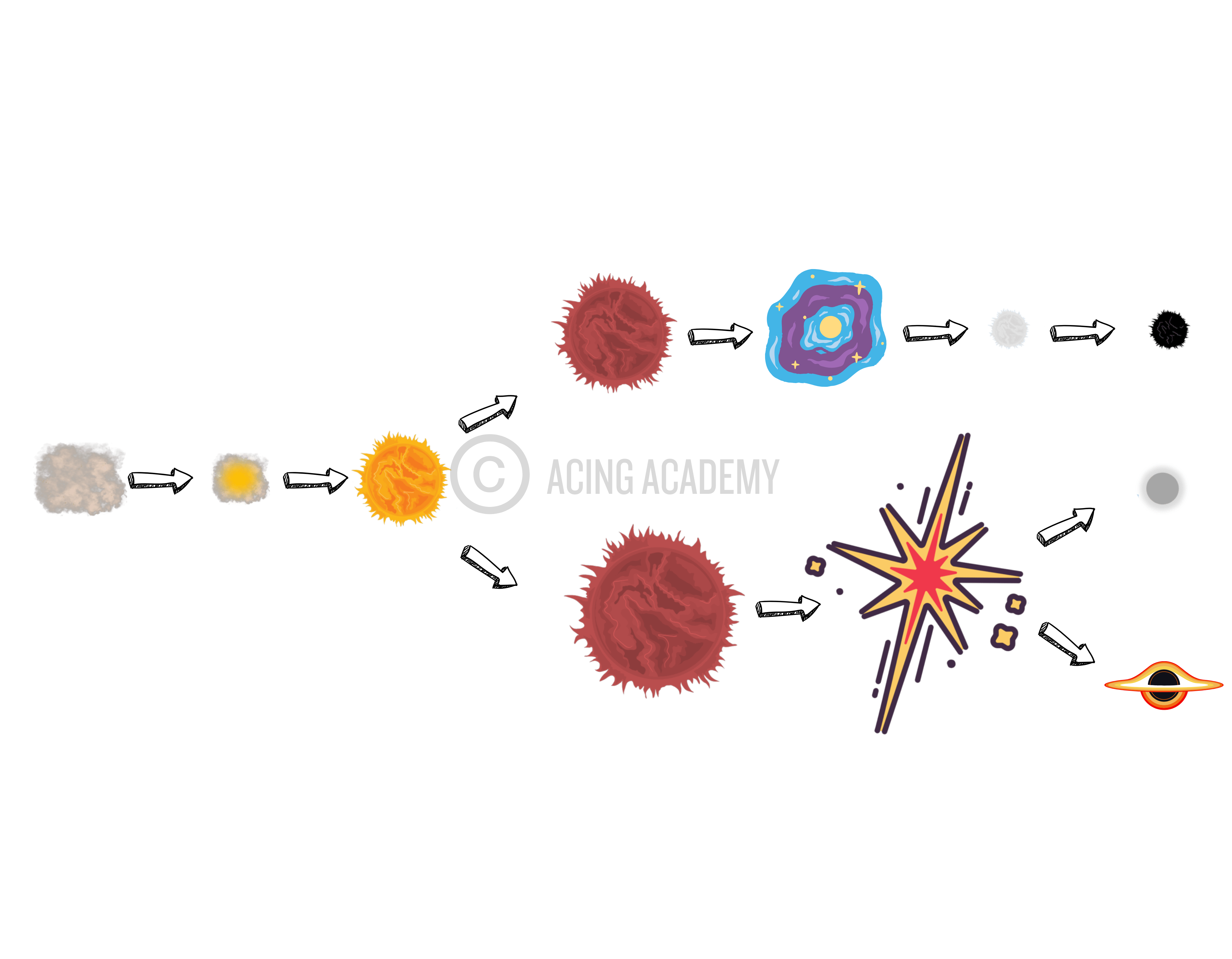
Nebulae
Protostar
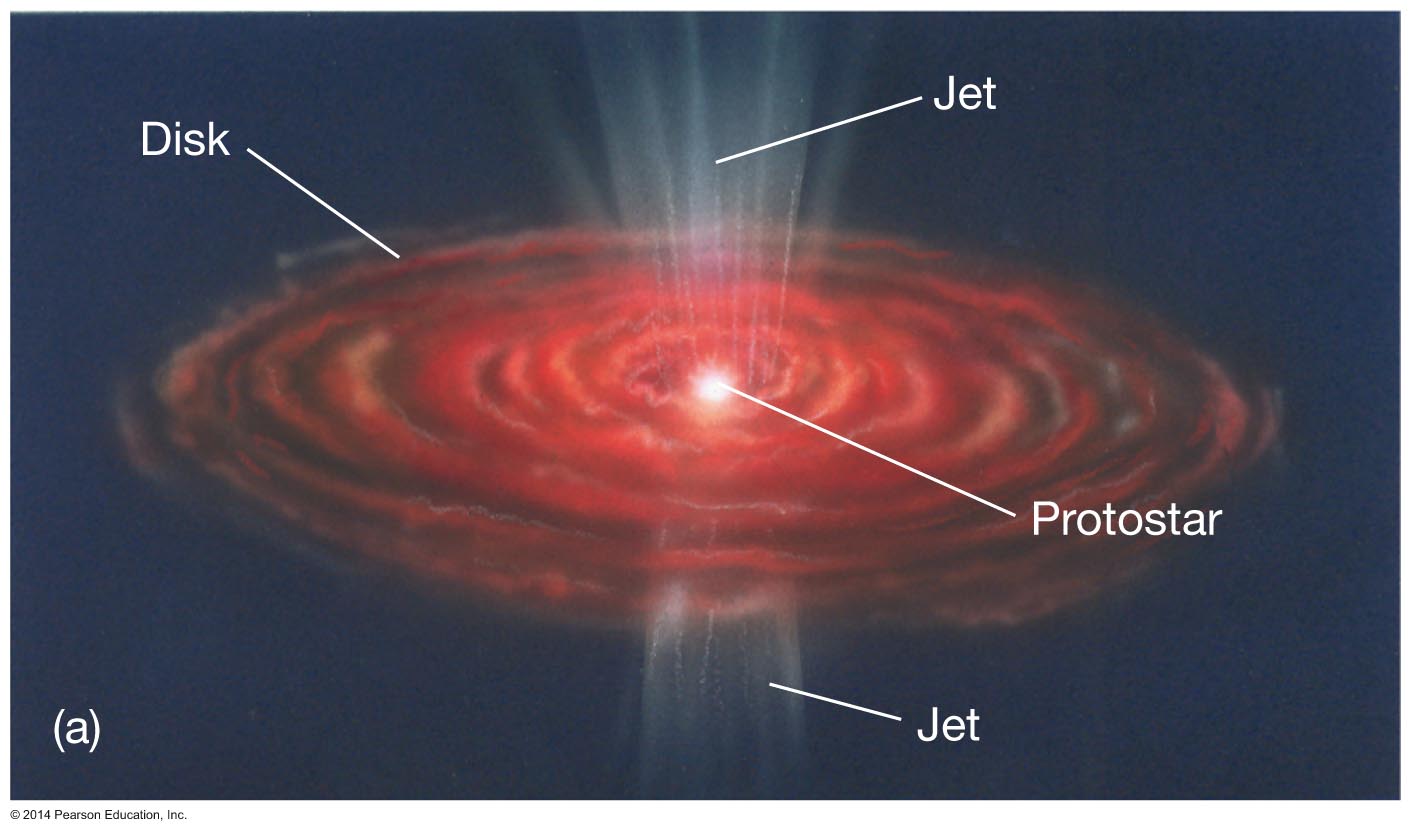
T Tauri or Main Sequence
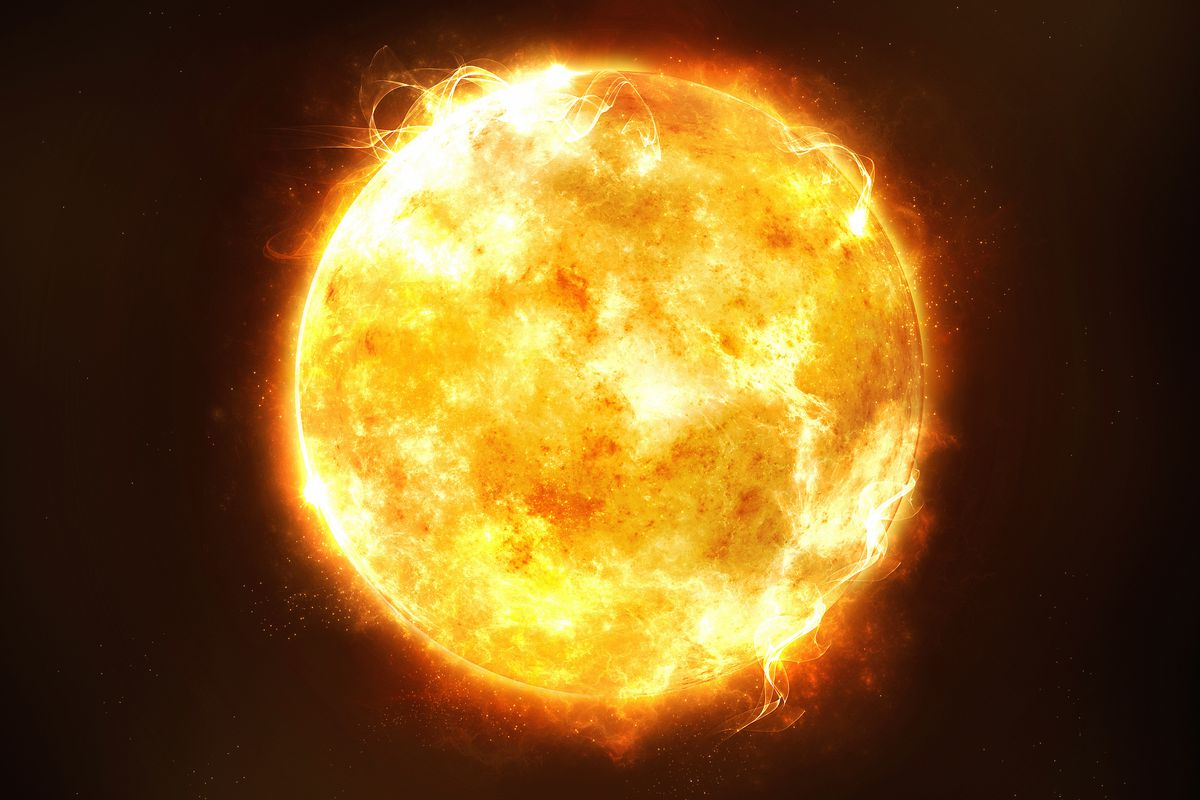
Red Gaint
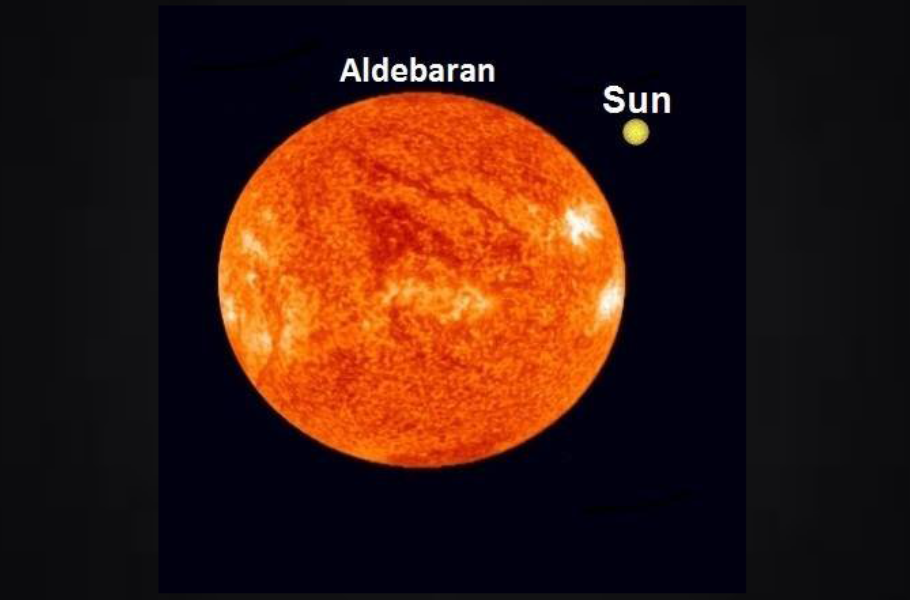
Red Super Gaint
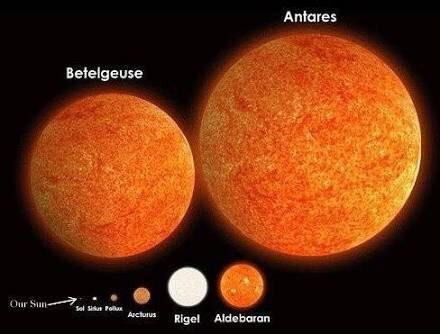
Planetary Nebulae

Supernova
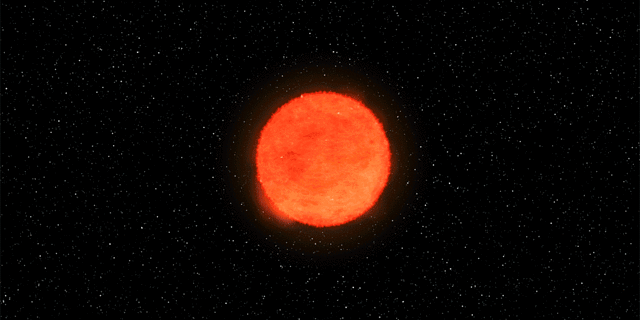
White Dwarf
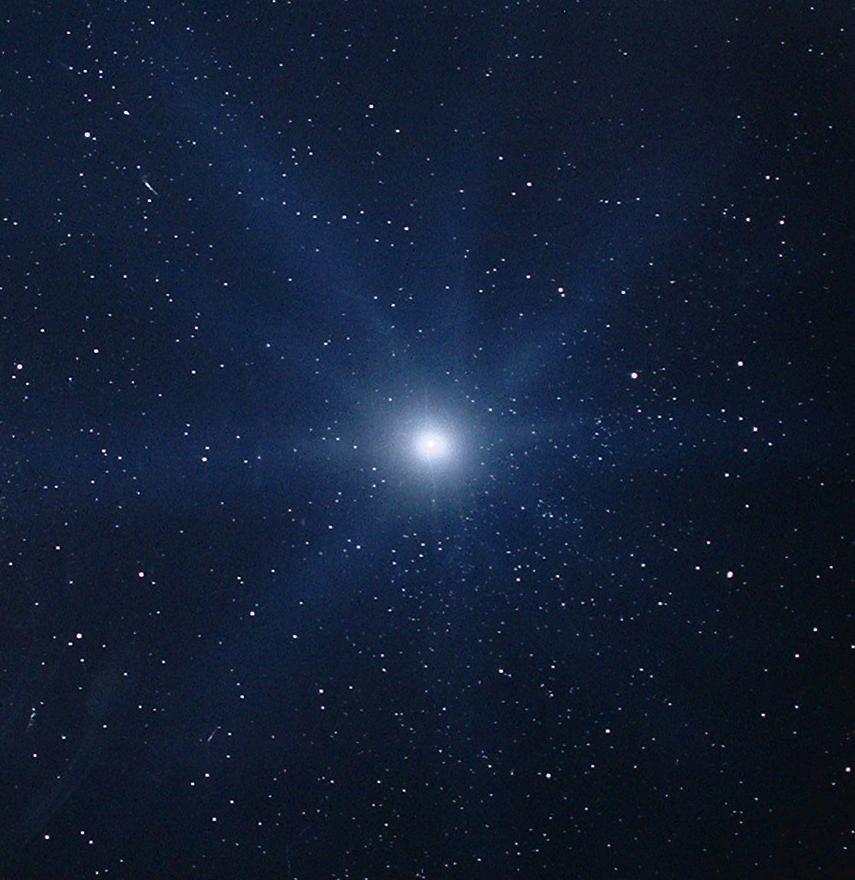
Neutron Star
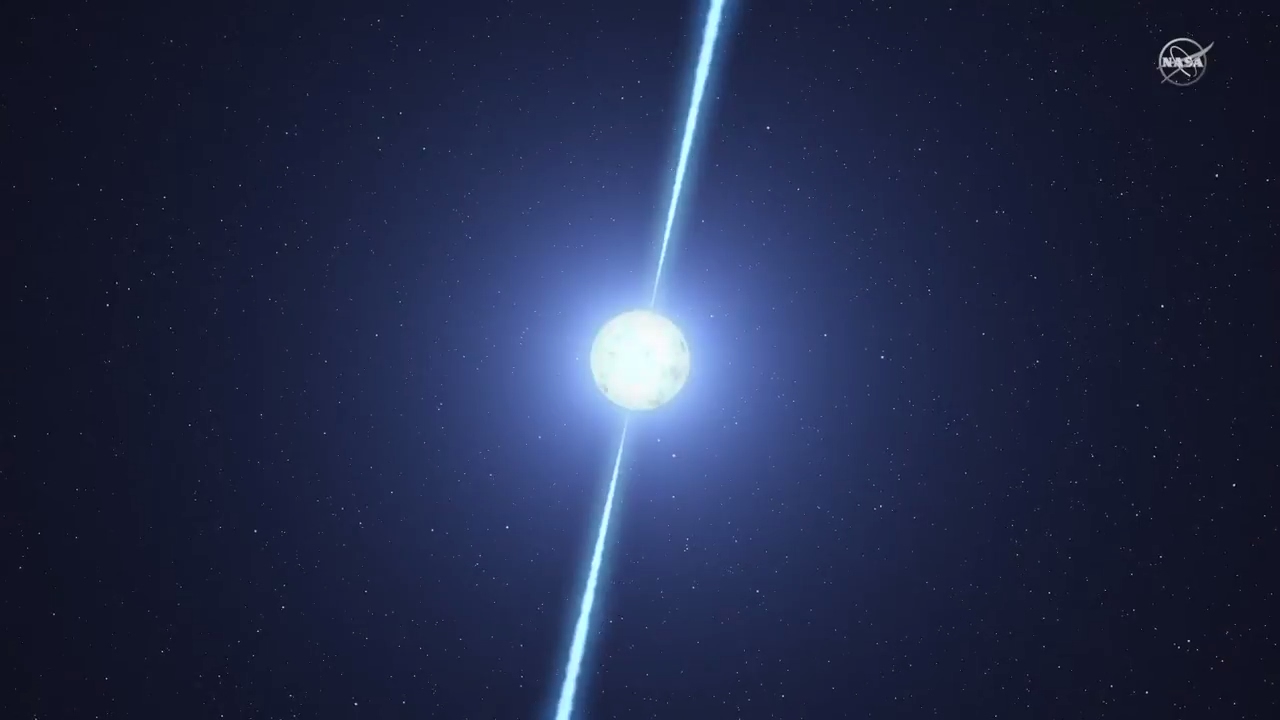
Black Hole
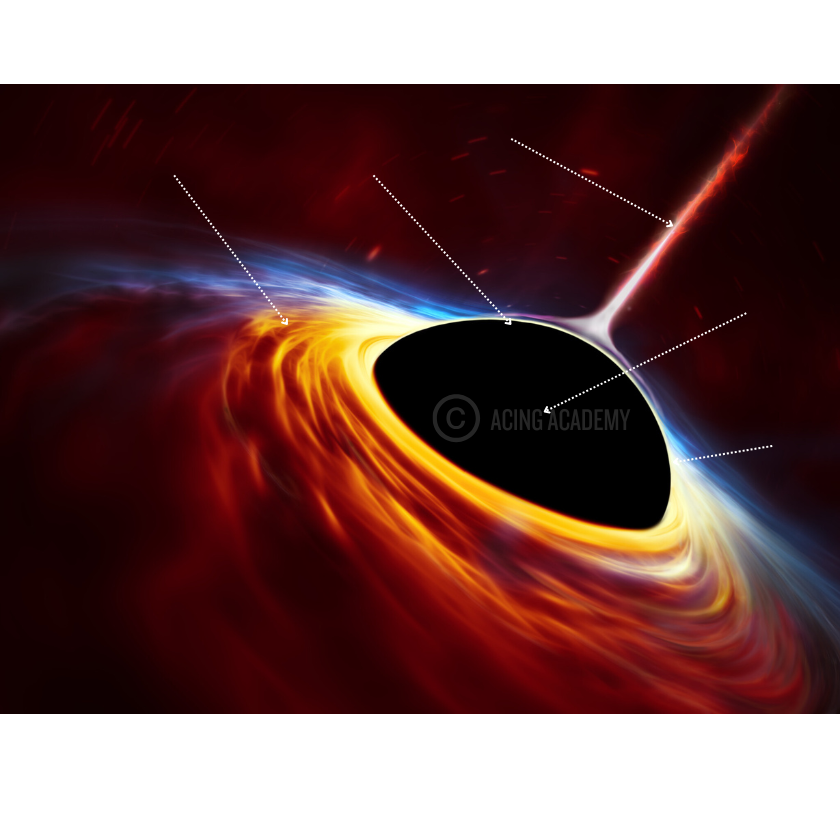
Singularity
A singularity is a point where all the mass of a black hole is concentrated, and it has infinite gravity. It is the central point of a black hole, and it is infinitely small but has enormous influence.
A Black Hole with Features
Black Dwarf
A black dwarf is a theoretical stellar remnant that's formed when a white dwarf star cools and can no longer emit significant heat or light.
A star originates from a large cloud of gas. The temperature in the cloud is low enough for the synthesis of molecules. The Orion cloud complex in the Orion system is an example of a star in this stage of life.
When the gas particles in the molecular cloud run into each other, heat energy is produced. This results in the formation of a warm clump of molecules referred to as the Protostar. The creation of Protostars can be seen through infrared vision as the Protostars are warmer than other materials in the molecular cloud. Several Protostars can be formed in one cloud, depending on the size of the molecular cloud.
A T-Tauri star begins when materials stop falling into the Protostar and release tremendous amounts of energy. The mean temperature of the Tauri star isn’t enough to support nuclear fusion at its core. The T-Tauri star lasts for about 100 million years, following which it enters the most extended phase of development – the Main sequence phase.
The main sequence phase is the stage in development where the core temperature reaches the point for the fusion to commence. In this process, the protons of hydrogen are converted into atoms of helium. This reaction is exothermic; it gives off more heat than it requires and so the core of a main-sequence star releases a tremendous amount of energy.
A star converts hydrogen atoms into helium over its course of life at its core. Eventually, the hydrogen fuel runs out, and the internal reaction stops. Without the reactions occurring at the core, a star contracts inward through gravity causing it to expand. As it expands, the star first becomes a subgiant star and then a red giant. Red giants have cooler surfaces than the main-sequence star, and because of this, they appear red than yellow.
A star originates from a large cloud of gas. The temperature in the cloud is low enough for the synthesis of molecules. The Orion cloud complex in the Orion system is an example of a star in this stage of life.
A star originates from a large cloud of gas. The temperature in the cloud is low enough for the synthesis of molecules. The Orion cloud complex in the Orion system is an example of a star in this stage of life.
4.2 Constellations
5. Solar System and its Parts

Mercury
Venus
Earth
Mars
Jupitar
Saturn
A star originates from a large cloud of gas. The temperature in the cloud is low enough for the synthesis of molecules. The Orion cloud complex in the Orion system is an example of a star in this stage of life.
When the gas particles in the molecular cloud run into each other, heat energy is produced. This results in the formation of a warm clump of molecules referred to as the Protostar. The creation of Protostars can be seen through infrared vision as the Protostars are warmer than other materials in the molecular cloud. Several Protostars can be formed in one cloud, depending on the size of the molecular cloud.
A T-Tauri star begins when materials stop falling into the Protostar and release tremendous amounts of energy. The mean temperature of the Tauri star isn’t enough to support nuclear fusion at its core. The T-Tauri star lasts for about 100 million years, following which it enters the most extended phase of development – the Main sequence phase.
The main sequence phase is the stage in development where the core temperature reaches the point for the fusion to commence. In this process, the protons of hydrogen are converted into atoms of helium. This reaction is exothermic; it gives off more heat than it requires and so the core of a main-sequence star releases a tremendous amount of energy.
A star converts hydrogen atoms into helium over its course of life at its core. Eventually, the hydrogen fuel runs out, and the internal reaction stops. Without the reactions occurring at the core, a star contracts inward through gravity causing it to expand. As it expands, the star first becomes a subgiant star and then a red giant. Red giants have cooler surfaces than the main-sequence star, and because of this, they appear red than yellow.
A star originates from a large cloud of gas. The temperature in the cloud is low enough for the synthesis of molecules. The Orion cloud complex in the Orion system is an example of a star in this stage of life.
A star originates from a large cloud of gas. The temperature in the cloud is low enough for the synthesis of molecules. The Orion cloud complex in the Orion system is an example of a star in this stage of life.


 UPSC Exams
UPSC Exams  UPSC CSE
UPSC CSE UPSC CAPF
UPSC CAPF UPSC CDS
UPSC CDS UPSC NDA
UPSC NDA UPSC EPFO
UPSC EPFO UPSC CISF LDCE
UPSC CISF LDCE State Upper PCS
State Upper PCS  UPPSC PCS
UPPSC PCS BPSC CCE
BPSC CCE RPSC RAS
RPSC RAS MPPSC (Madhya Pradesh) CCE
MPPSC (Madhya Pradesh) CCE MPSC (Maharasthra) Rajyaseva
MPSC (Maharasthra) Rajyaseva WBPSC WBCS
WBPSC WBCS GPSC CCE
GPSC CCE KPSC (Karnataka) KAS
KPSC (Karnataka) KAS APSC (Assam) CCE
APSC (Assam) CCE View More
View More Defence
Defence AFCAT
AFCAT BSF SI
BSF SI Indian Army Agniveer
Indian Army Agniveer Banking
Banking  IBPS PO
IBPS PO SBI PO
SBI PO RBI Grade B
RBI Grade B Cental Bank Of India Apprentice
Cental Bank Of India Apprentice IDBI Junior Assistant Manager
IDBI Junior Assistant Manager SSC
SSC  Police
Police  Bihar Police SI
Bihar Police SI UP Police SI
UP Police SI Delhi Police Head Constable
Delhi Police Head Constable Rajasthan Police SI
Rajasthan Police SI WB Police SI
WB Police SI Assam Police SI
Assam Police SI Odisha Police SI
Odisha Police SI Railway
Railway Other State Exams
Other State Exams Insurance
Insurance Regulatory Body
Regulatory Body